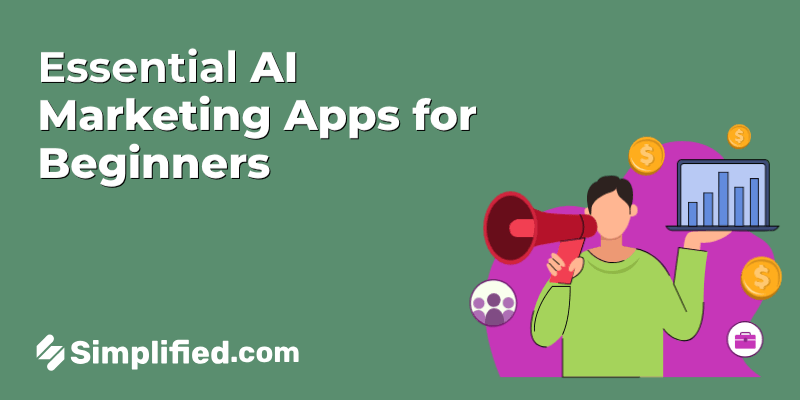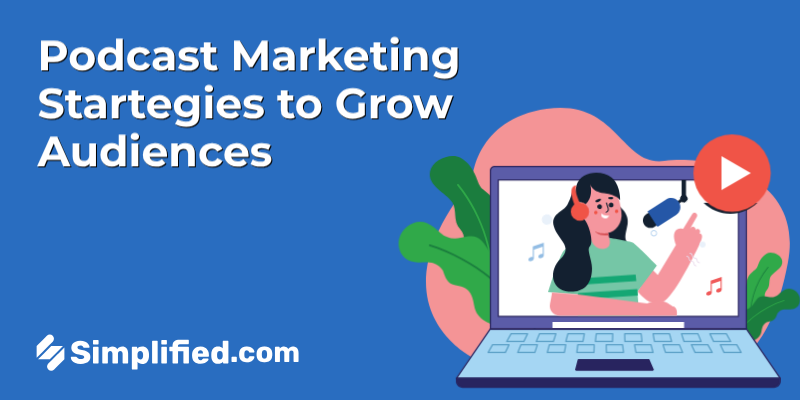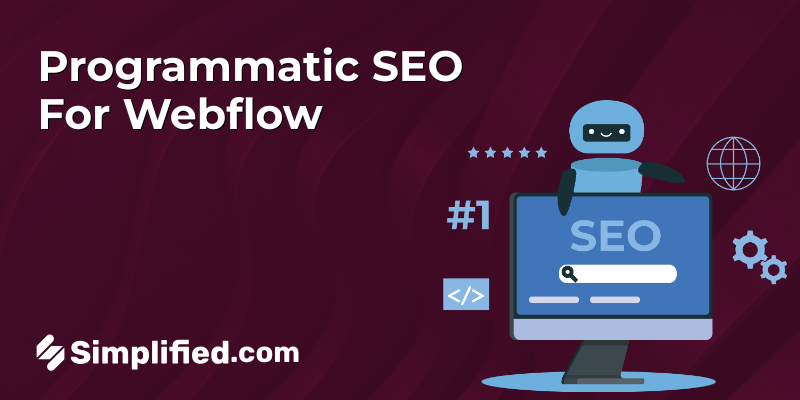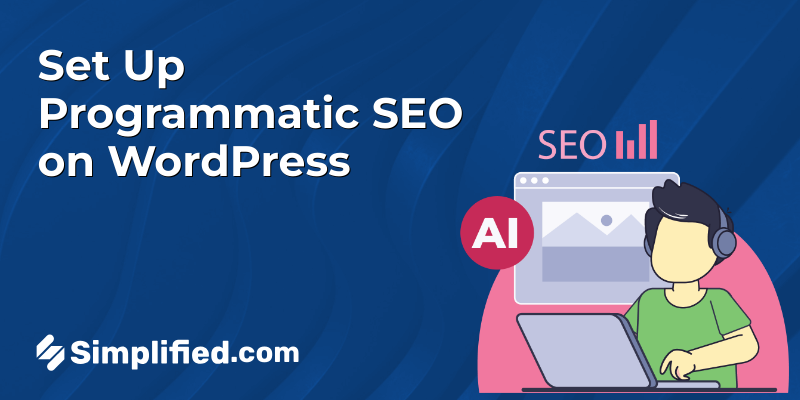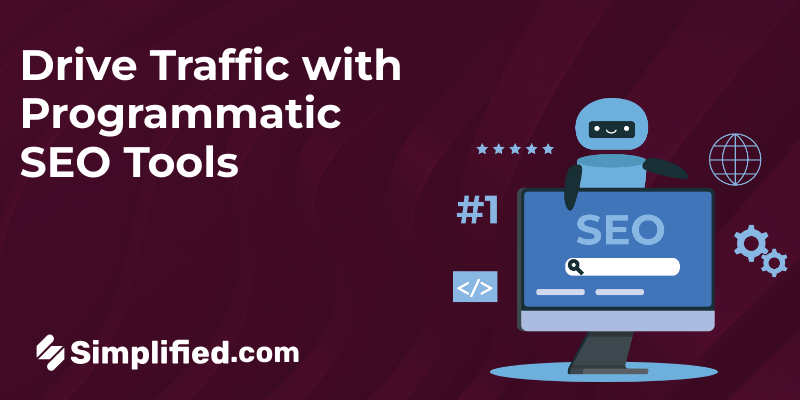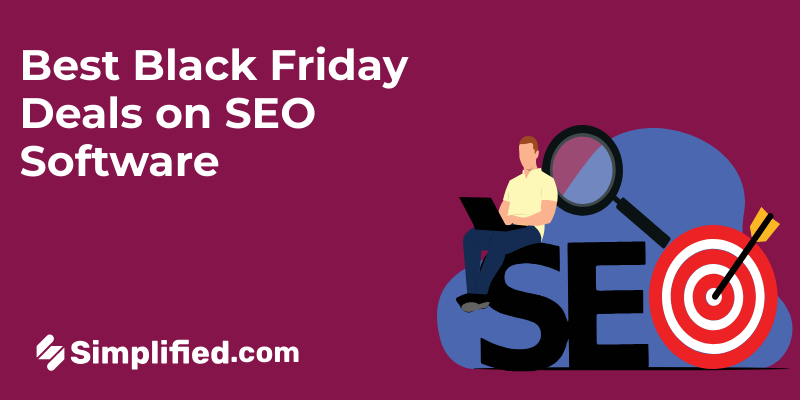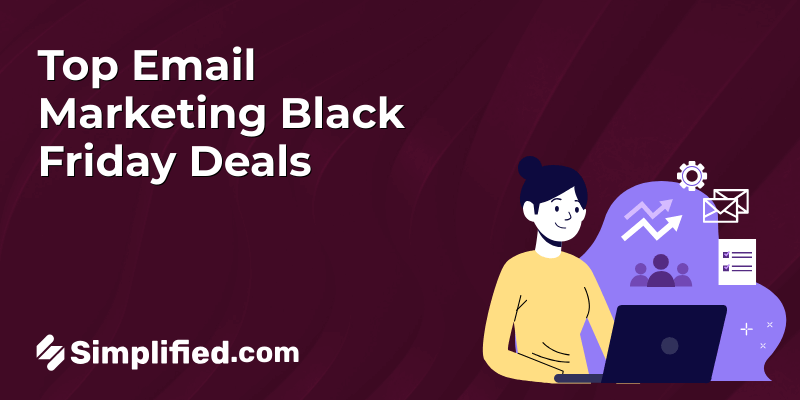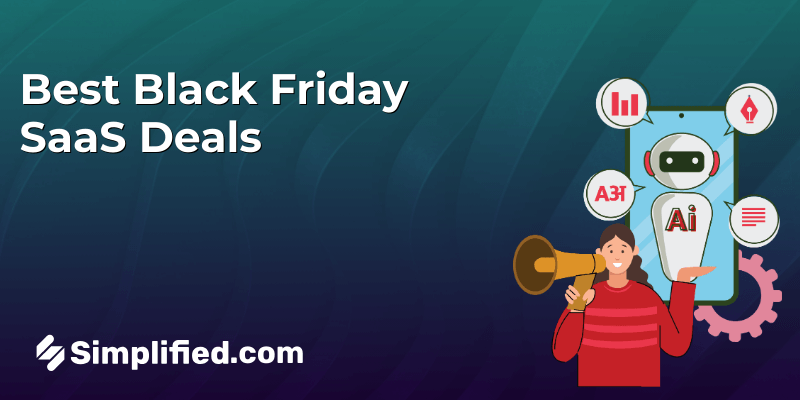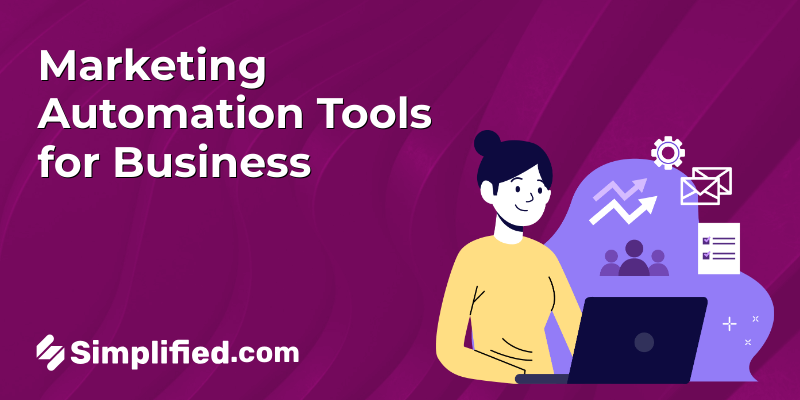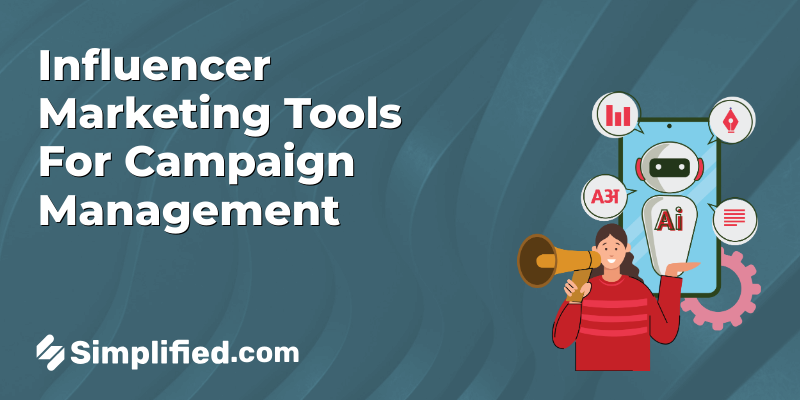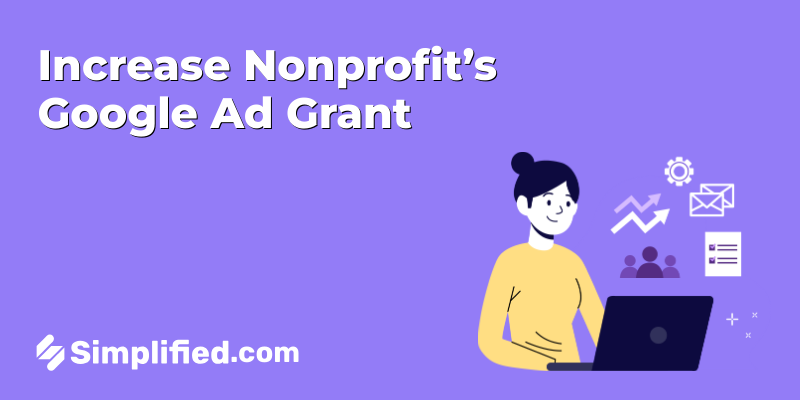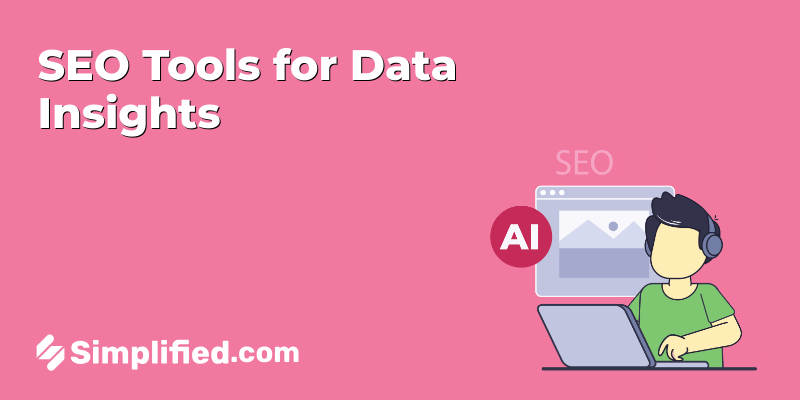
Since the rollout of ChatGPT in late 2022, artificial intelligence (AI) has quickly gone from being the tech of the future to the reality of the here and now.
Especially in the marketing domain — where aspects like content, search engine optimization, pay-per-click ads, and emails take center stage — AI has penetrated nearly every aspect of our work.
In fact, according to Mailchimp’s survey of over 300 SMB marketers, 88% believe they need to increase the use of AI and automation to meet growing customer expectations and stay competitive. What’s more, 50% of marketers say inadequate AI adoption is holding them back from achieving their goals.
Put simply, whether it’s creating content that resonates, optimizing ad spend across channels, or nurturing leads, AI is revamping how we engage with our audiences. Understanding how you can adopt this tech enables you to stay competitive and catapult your marketing performance to new heights.
And so, in this post, let’s look at the top five marketing use cases for AI that deserve your attention this year.
1. Content Ideation and Creation
Content lies at the heart of any marketing strategy. AI is helping marketers conquer the challenge of producing high-quality, engaging, and brand-aligned content consistently.
AI-powered tools are now capable of brainstorming ideas, drafting content, and optimizing it for various channels, significantly reducing the time and effort required. These tools leverage natural language processing (NLP) to understand the context, tone, and style needed, ensuring the content aligns with brand guidelines and audience preferences. The result is not only a more efficient content creation process but also outputs that are tailored to market dynamics.
For example, you can have a conversation with ChatGPT to discuss topic ideas for a blog post or fill out your social media calendar with post ideas. Instead of manually sifting through various websites, marketers can ask GPT-4 to browse the internet and analyze vast amounts of data from social media, search engines, and other digital platforms to come up with content ideas based on the latest trends.
Moreover, using a comprehensive AI-powered content creation suite like Simplified, you can quickly create various forms of content ranging from blog posts and images to presentations and short video clips. For instance, with features like AI Writer, you can effortlessly generate and refine text-based content and overcome writer’s block, while AI Design assists in creating visually compelling graphics. AI Video further extends these capabilities into dynamic video content that helps you boost your reach across platforms like YouTube and Instagram.
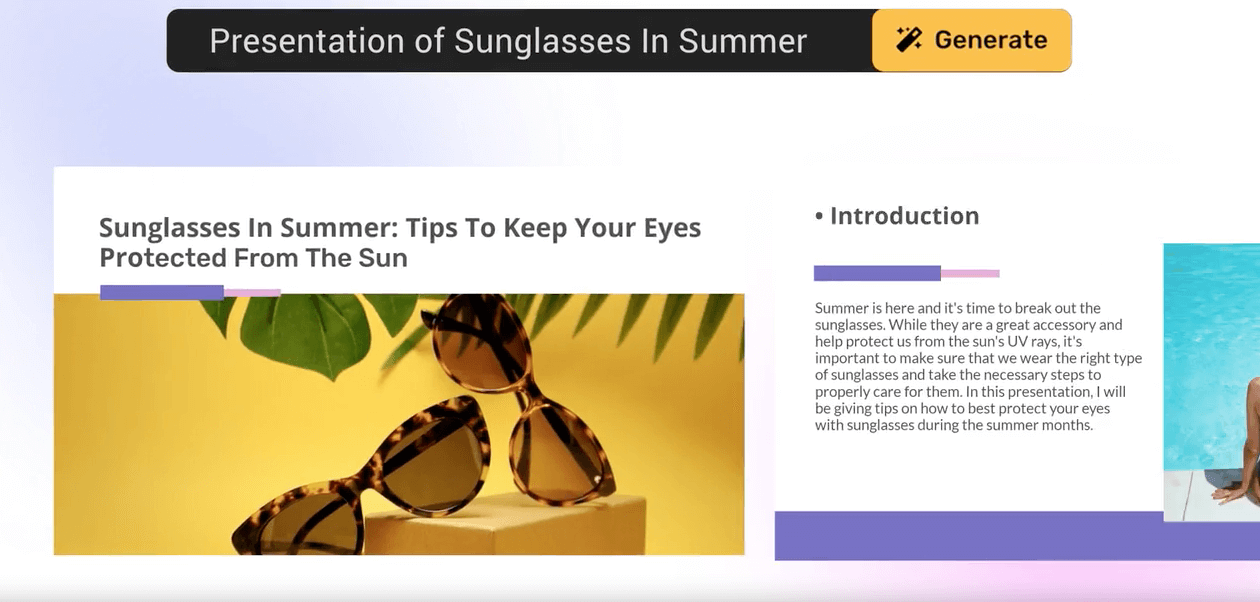
Additionally, Simplified’s Social Media AI aids in strategizing and automating social media management, ensuring that content not only resonates with the target audience but is also shared at the optimal times for maximum engagement. By integrating Simplified into your workflows, marketers can efficiently produce a wide range of content, from articles to engaging videos and eye-catching graphics, all while maintaining brand consistency and relevance.
2. Influencer Campaign Planning
The planning and execution of influencer campaigns have traditionally been time-consuming and complex, involving meticulous research to identify the right influencers, manage collaborations, and measure the impact of these partnerships.
While there are various influencer marketing platforms available today that enable you to filter the right influencers based on your niche and budget, as well as collaborate with them and get detailed metrics on how your campaign fared, the actual planning of such campaigns involves crafting individualized campaign briefs for each influencer, which can be time-consuming and complex.
In particular, when working with multiple creators as part of a large-scale influencer marketing campaign, creating detailed campaign briefs that ensure alignment in terms of the expected content and output can be a lengthy and cumbersome task.
Recognizing this challenge, influencer marketing platform Popular Pays has introduced AI solution BriefAI, designed to streamline and enhance the efficiency of this process.
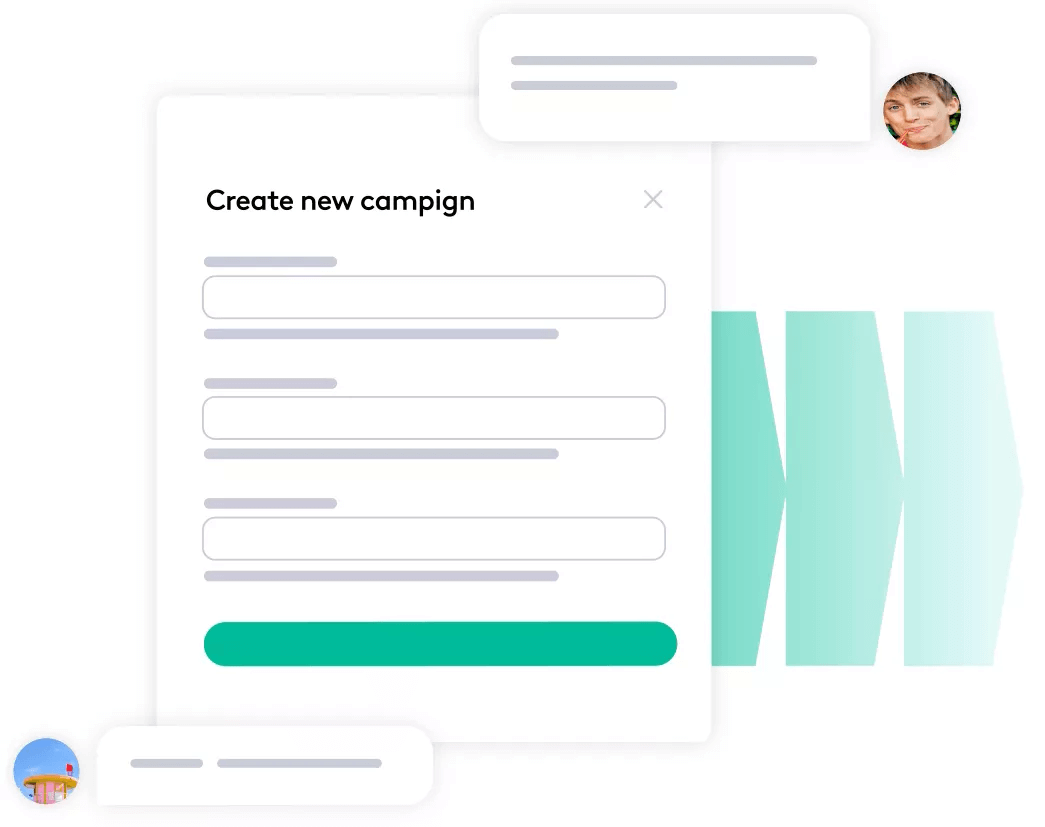
BriefAI simplifies the process of crafting creative briefs, enabling swift and straightforward campaign setup. After you input basic information like budget, the types of assets you want to source, and campaign objectives, the engine can quickly draft a detailed, personalized brief. This tool significantly reduces the complexity and time typically required for brief development, offering marketers a fast, efficient method to devise targeted, AI-optimized marketing strategies.
3. Ad Budget Optimization
With the complexity of digital advertising growing, manually allocating budgets across multiple platforms (such as Google, Meta, etc.) and campaigns can lead to inefficiencies and missed opportunities. As a marketer on an already tight ad budget, the last thing you want is to waste your advertising dollars on the wrong channels.
On top of optimizing ad budgets across multiple channels, maintaining transparency in marketing performance is also a significant challenge.
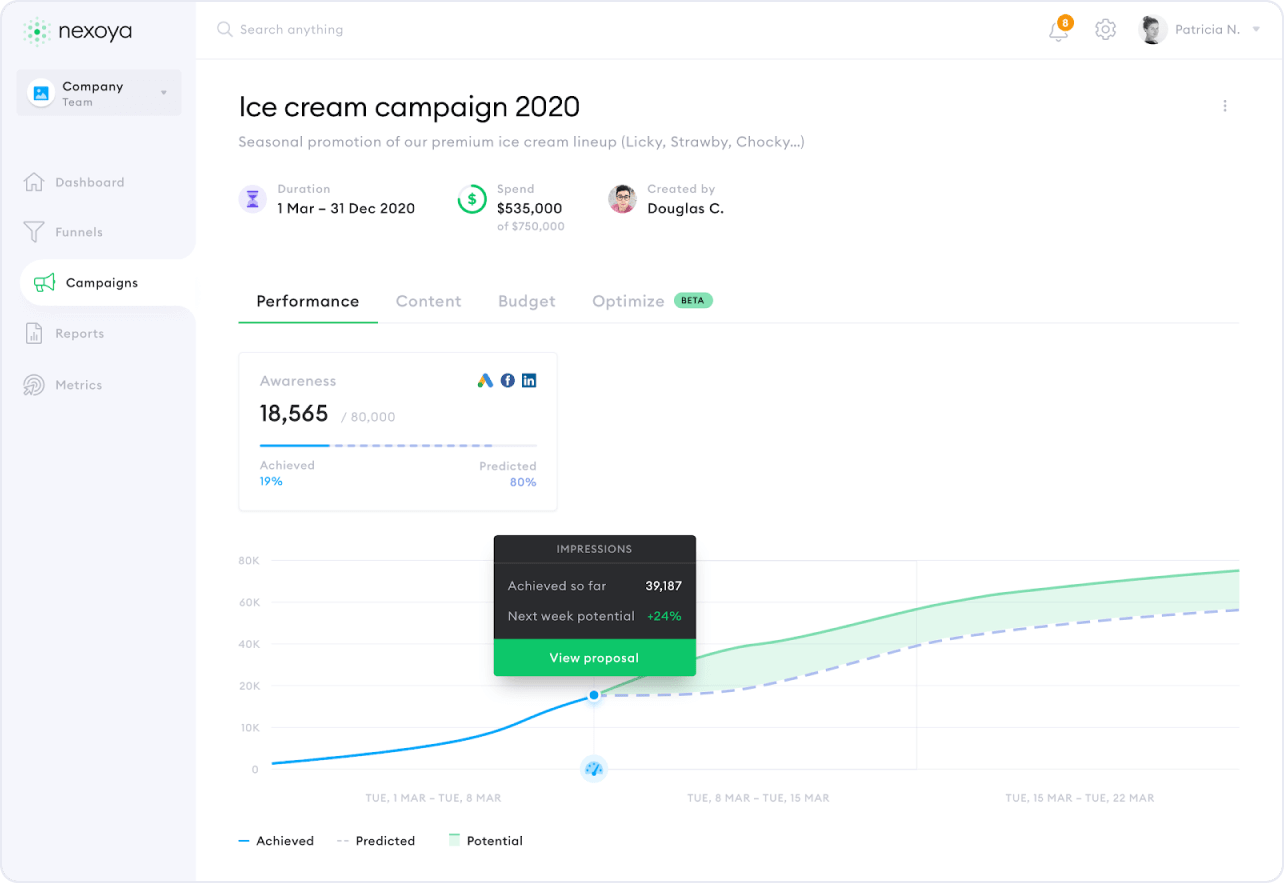
This is where AI-powered campaign optimization tools like Nexoya can help. Nexoya’s AI campaign optimization tool addresses these challenges by effectively allocating budgets across campaigns to maximize marketing efficiency. This solution enables you to manage cross-channel campaigns more wisely, ensuring that every dollar spent contributes to achieving the best possible returns.
Through intelligent data analysis, normalization, and KPI predictions for optimal budget proposals — along with a marketing dashboard for real-time performance tracking and campaign reporting — Nexoya enhances the decision-making process, allowing for more optimal use of ad budgets.
4. AI Email Outreach Personalization
The importance of personalization in cold email outreach, be it for a content contribution or a strategic partnership, needs no introduction. With people’s inboxes inundated with emails, improving your odds of getting a response requires thoughtful personalization — doing it at scale, however, is an arduous process.
This is another potent area where AI-powered tools can step in and take care of the grunt work. For instance, AI cold email outreach tool SmartWriter is designed to automate and enhance the process of creating personalized cold emails at scale using AI. It enables the generation of thousands of personalized emails quickly, claiming to provide a more efficient, cost-effective solution than traditional (manual) cold email outreach.
You can use it for deep research-based personalization, leveraging the recipient’s social activity, professional achievements, bio, and company news into tailored messages.
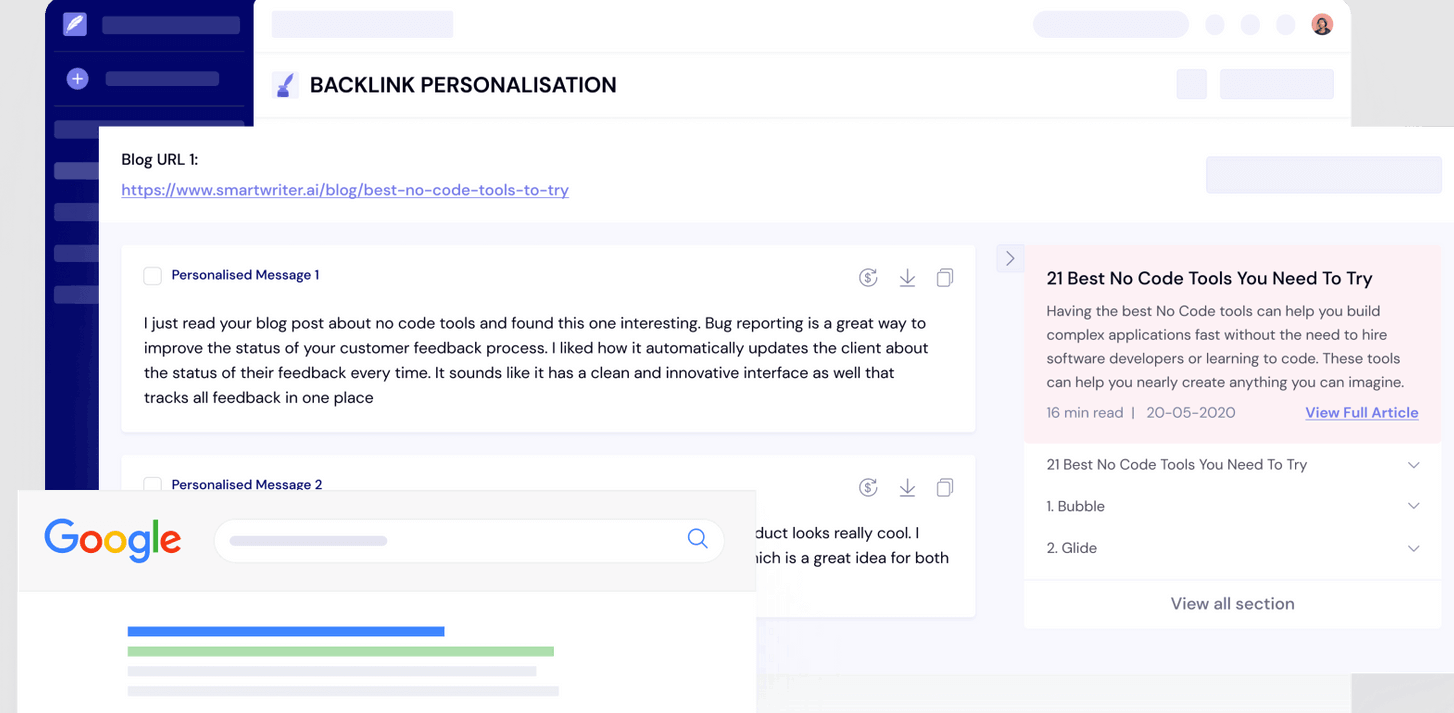
The platform also includes a feature specifically for SEO backlink outreach, which utilizes an AI engine that can read and understand blogs, creating hyper-personalized backlink request emails based on the content of each blog. This allows it to automatically generate unique outreach messages that reference key points from the blogs, building trust with authors and distinguishing your requests from template-based ones.
To sum up, whether it’s for backlink building or pitching business partnerships, AI-based email outreach personalization can take a lot of manual labor out of the process and enable you to send more emails in less time.
5. Enhanced Chatbots for Lead Nurture
Using AI-based chatbots to automate repetitive customer interactions isn’t a novel development. AI is already playing a pivotal role in building lead-nurture chatbots by incorporating natural language processing to engage website visitors, and qualified leads, and nurture them with relevant content around the clock.
Crm with conversational bots provides personalized interactions, answering questions about company offerings, engaging in conversational interactions to understand visitor needs, and qualifying leads by asking relevant questions. They can also capture contact information for further engagement by sales reps or connect qualified leads directly with the sales team.
AI chatbots also extend their utility across social media channels, helping to keep the conversation going by responding instantly to customer queries, recommending products, and processing transactions up to the point of payment collection. Omnichannel support chatbots offer a consistent experience across multiple customer interaction channels, learning from previous interactions to provide cohesive responses.
Additionally, chatbots facilitate appointment booking and confirmation, which is especially useful in sectors like healthcare and consulting, improving customer experience and reducing the risk of dropped leads.
Simplified.chat offers a platform where you can easily create your own no-code AI chatbots, designed to enhance marketing, boost sales, and speed up customer support. All you have to do is simply choose a template or create a bot from scratch, train your chatbot with your company knowledge (by uploading PDFs, CSVs, or via URLs), define its personality and features, and then deploy it on your website or app.
So, it offers a straightforward process to build, customize, and deploy personalized chatbots for various applications, including marketing engagement, customer service, lead generation, and e-commerce support. The platform supports customization in languages and tones, with options for free and paid plans catering to different levels of usage and features.
Wrapping Up
The recent rapid advancements in AI technology are reshaping the way brands engage with their audiences, offering unprecedented opportunities for personalization, efficiency, and insight.
As you can see, AI’s applications in marketing are vast and varied, from enhancing content creation to optimizing ad budgets and personalizing email outreach. AI-powered tools not only streamline operations but also provide deeper insights into audience behavior and preferences, allowing you to tailor your future messaging and campaigns more effectively than ever before.
To sum up, in 2025, leveraging AI in marketing is no longer optional for marketers looking to stay competitive; it’s essential. We hope the use cases discussed in this article help you get up to speed and scale your efforts effectively.

